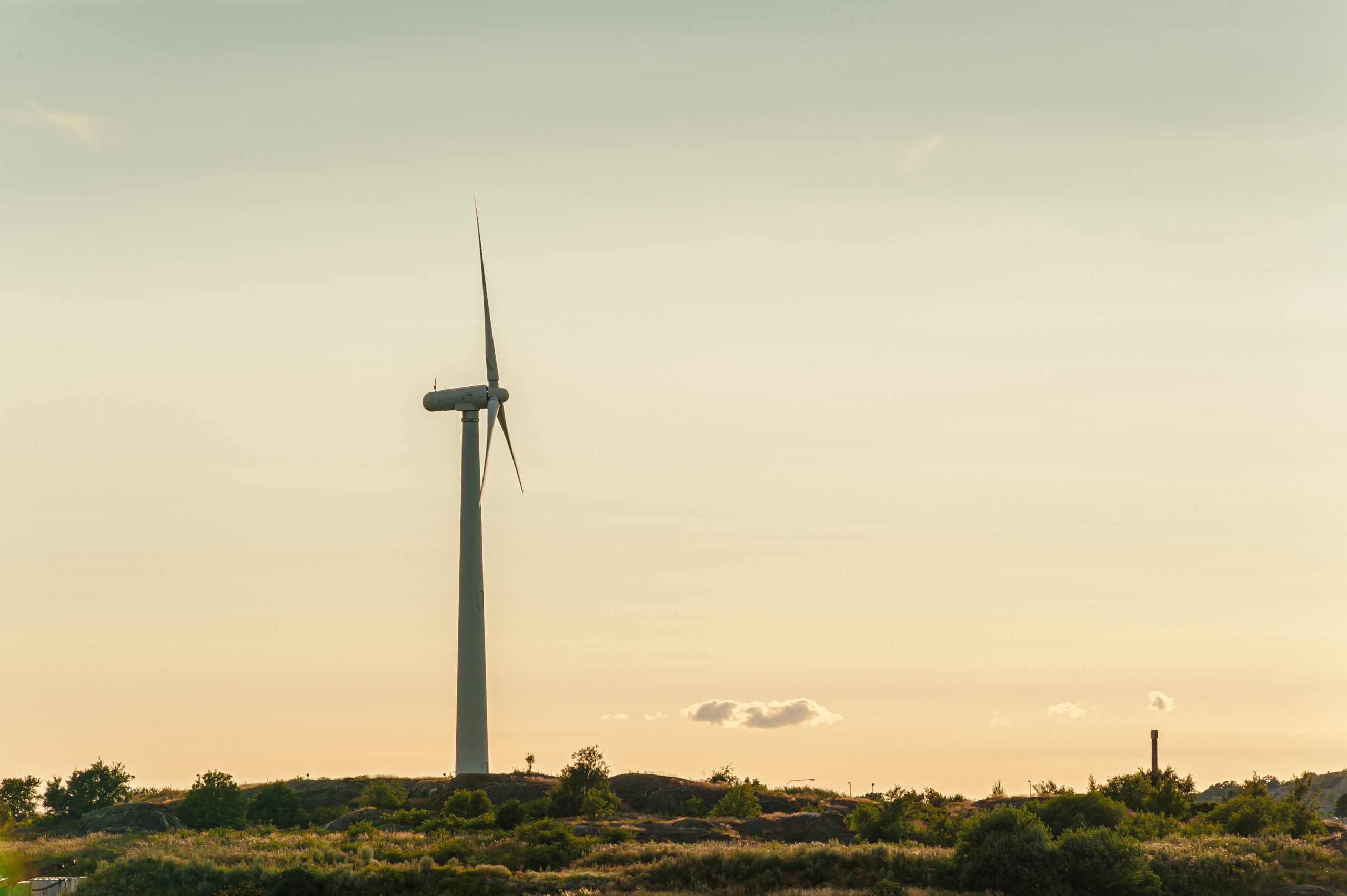The difference between the two technologies is key to understanding the energy transition
While the UK holds the position of the world’s largest producer of offshore wind, hope exists that onshore wind can produce a similar level of stellar growth.
The UK recently announced the opening of the Hornsea 2 wind farm in the North Sea, operated by Danish wind power giant Orsted.
The farm holds a capacity of 3.8 gigawatts, and is comprised of 165 turbines.
The advantages of offshore wind lie in particular in planning. As offshore wind turbines and farms are built out at sea, there are limited issues in terms of local residents inconveniences as farm as construction and planning are concerned.
While planning has to take account of a variety of factors including noise, visual obstruction and fisheries, these are offset by their distance from population centres.
The UK as a whole has almost 12 thousand wind turbines as of the third quarter 2022, with wind farms across the length and breadth of the British isles.
The largest onshore wind farm in the United Kingdom is based in east Renfrewshire in Scotland, with the second largest farm based on the Scottish borders.
The aforementioned onshore wind farms in Scotland benefit from the lower population density of Scotland, which has a far lower population density than England.
One obstacle to increasing the number of onshore wind farms in England is the high population density as compared to other parts of the United Kingdom as well as the obvious issues with planning that accompany large scale energy projects in built-up areas.
Offshore wind farms can be built on farms that can be increased in size both via the addition of new turbines to the site or by the dismantling of older platforms and their replacement with newer, larger turbines able to generate larger amounts of energy.
The issues with onshore wind relate to both of these challenges, as far as scaling them up to something of a considerable size that can meet the energy challenges of the coming decades.
Planning in the United Kingdom for onshore versus offshore wind developments must take account of population density, energy needs and the power of local residents to veto projects not to their liking.
As a source of future income, wealth and energy generation, stakeholders from politicians to local business groups must manage all competing interests.

Be the first to comment on "Onshore v offshore wind"